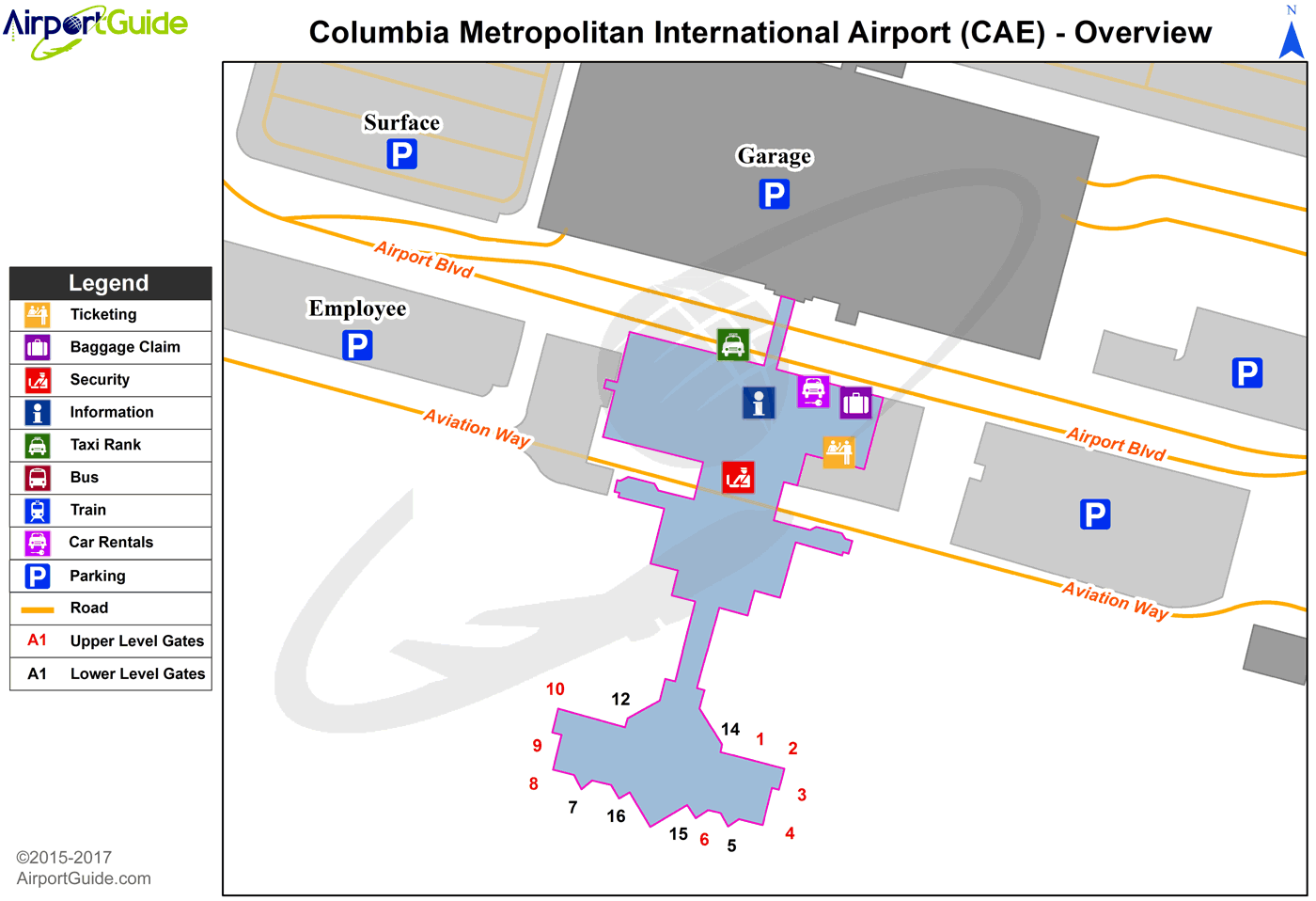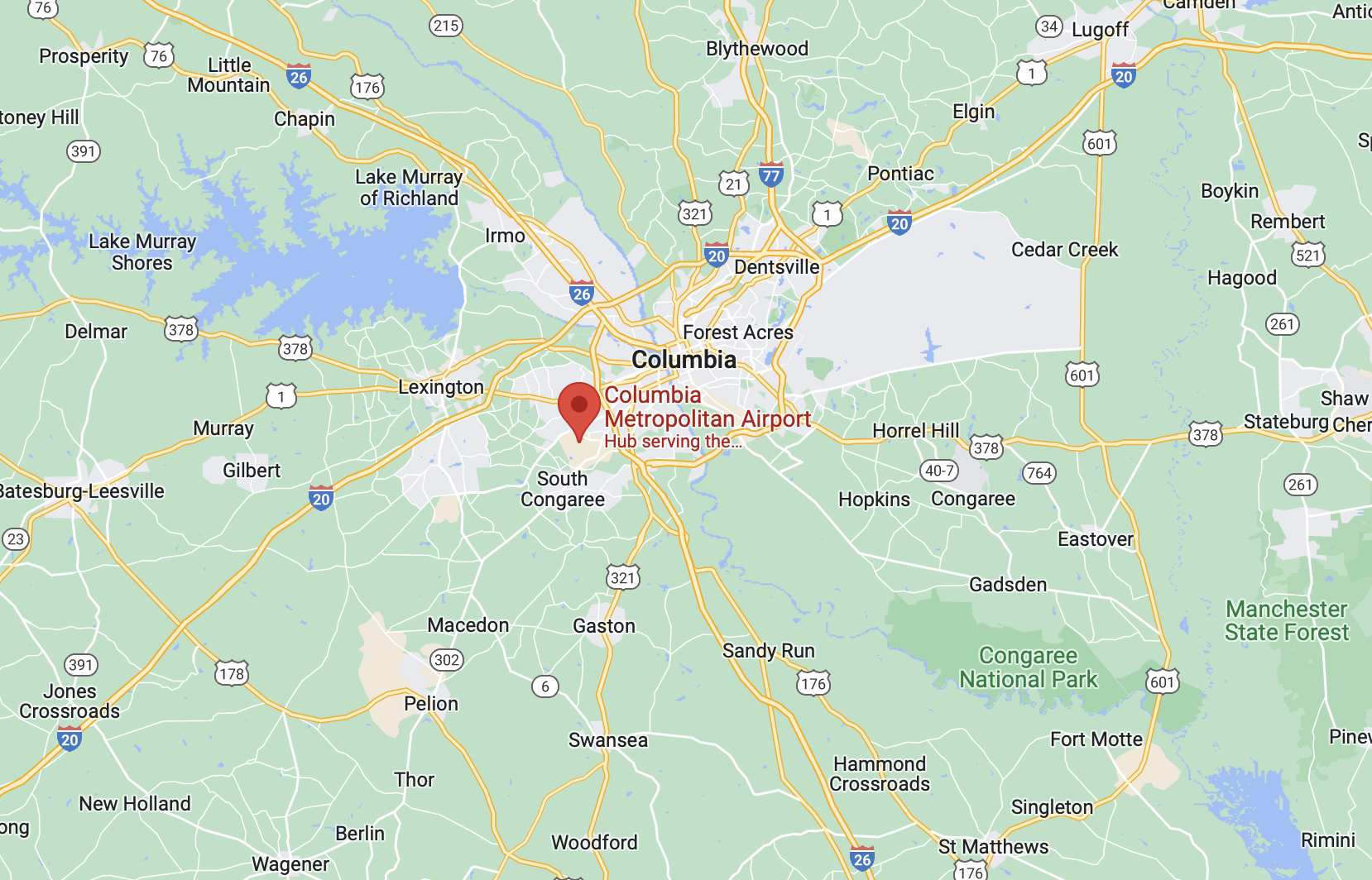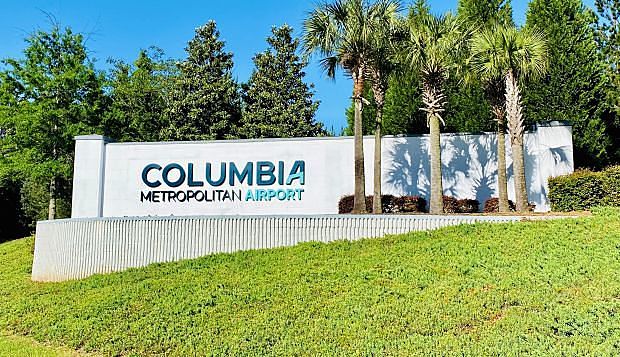“Okay, here is a comprehensive article about Columbia Metropolitan Airport (CAE) in English, aiming for a length of approximately 2000 words.
Artikel Terkait Okay, here is a comprehensive article about Columbia Metropolitan Airport (CAE) in English, aiming for a length of approximately 2000 words.
- Car Rental Phoenix Airport
- Okay, Here Is An Article About Burlington International Airport (BTV) Written In English, Aiming For A Length Of Approximately 2000 Words.
- Okay, Here Is An Article About Aspen/Pitkin County Airport (ASE) In English, Aiming For Approximately 2000 Words.
- Okay, Here Is An Article About Charlotte Douglas International Airport (CLT) In English, Aiming For Approximately 2000 Words.
- Okay, Here Is A Comprehensive Article About Airport Car Rentals, Aiming For Approximately 2000 Words.
Table of Content
- 1 Artikel Terkait Okay, here is a comprehensive article about Columbia Metropolitan Airport (CAE) in English, aiming for a length of approximately 2000 words.
- 2 Video tentang Okay, here is a comprehensive article about Columbia Metropolitan Airport (CAE) in English, aiming for a length of approximately 2000 words.
- 3 Columbia Metropolitan Airport (CAE): Gateway to South Carolina’s Midlands
Video tentang Okay, here is a comprehensive article about Columbia Metropolitan Airport (CAE) in English, aiming for a length of approximately 2000 words.
Okay, here is a comprehensive article about Columbia Metropolitan Airport (CAE) in English, aiming for a length of approximately 2000 words.

Columbia Metropolitan Airport (CAE): Gateway to South Carolina’s Midlands
Columbia Metropolitan Airport (CAE) stands as a vital transportation hub, serving as the primary air gateway to South Carolina’s vibrant Midlands region. Located just a few miles southwest of downtown Columbia in West Columbia, CAE is more than just a place where planes take off and land; it is a critical piece of infrastructure that connects the state capital and surrounding areas to the rest of the nation and the world, fuels economic growth, and enhances the quality of life for residents and visitors alike.
From its origins as a military airfield during a time of global conflict to its evolution into a modern, efficient civilian airport, CAE boasts a rich history intertwined with the development of the region it serves. Today, it is recognized for its convenience, friendly atmosphere, and ongoing efforts to improve the passenger experience and expand its services. This article will delve deep into the various facets of Columbia Metropolitan Airport, exploring its history, current operations, facilities, economic impact, and future aspirations.
A Legacy Takes Flight: From Military Base to Civilian Hub
The story of Columbia Metropolitan Airport begins not with commercial aviation, but with the urgent needs of national defense during World War II. The site was originally developed as Columbia Army Air Base, established in 1940. This sprawling military installation played a crucial role in training bomber crews, particularly for the B-25 Mitchell and B-26 Marauder aircraft. Thousands of pilots, navigators, bombardiers, and other airmen passed through its gates, contributing significantly to the Allied war effort. The base was a hive of activity, featuring multiple runways, hangars, barracks, and support facilities.
Following the end of World War II, the military presence at Columbia Army Air Base began to wind down. Recognizing the potential of the existing infrastructure for civilian aviation, local leaders and state officials initiated efforts to convert the base into a commercial airport. In 1947, the facility was officially transferred to civilian control and renamed Columbia Airport. This marked a pivotal moment, transitioning the site from a wartime necessity to a peacetime asset aimed at fostering regional connectivity and commerce.
The early years of Columbia Airport were characterized by gradual growth. Initial passenger services were modest, operated by pioneering airlines using propeller-driven aircraft. As air travel became more accessible and popular in the post-war era, the airport saw increasing traffic and the need for improved facilities tailored to civilian needs. The original military structures were adapted, but it quickly became clear that a dedicated civilian terminal was necessary to handle the growing number of passengers and flights.
Throughout the 1950s and 1960s, the airport underwent significant upgrades. Runways were extended and strengthened to accommodate newer, larger jet aircraft. A new passenger terminal was constructed, reflecting the architectural styles and functional requirements of the jet age. This period saw the arrival of major airlines like Eastern Air Lines, Delta Air Lines, and Piedmont Airlines, connecting Columbia to key hubs across the Eastern United States. The airport officially adopted the name Columbia Metropolitan Airport in the late 1960s, reflecting its growing importance as a regional transportation center serving the entire metropolitan area.
The subsequent decades brought further expansion and modernization. The deregulation of the airline industry in 1978 led to shifts in air service patterns, with both opportunities and challenges for regional airports like CAE. While some routes changed, the airport continued to attract service from major carriers and their regional affiliates. The terminal building was expanded and renovated multiple times to keep pace with increasing passenger volumes and evolving security requirements. Investments were made in air traffic control facilities, airfield lighting, and other critical infrastructure to ensure safe and efficient operations.

One of the most significant developments in recent history was the construction of the current modern terminal building, which opened in 1997. This state-of-the-art facility replaced the aging structures and provided a vastly improved experience for passengers and airlines alike. Designed for efficiency and comfort, the new terminal featured more spacious check-in areas, larger gate hold rooms, improved baggage handling systems, and enhanced amenities. This project was a testament to the region’s commitment to having a first-class airport facility capable of supporting future growth.
Over the years, CAE has successfully navigated economic downturns, industry consolidations, and the profound impacts of events like the September 11th attacks and the COVID-19 pandemic. Each challenge has prompted adaptation, focusing on security enhancements, operational efficiency, and maintaining essential air service. The airport’s history is a narrative of transformation, resilience, and continuous improvement, reflecting the dynamic nature of the aviation industry and the enduring importance of air connectivity to the Columbia region.
The Heart of the Operation: Current Status and Facilities
Today, Columbia Metropolitan Airport (CAE) is a bustling regional airport known for its ease of use and friendly atmosphere. It serves hundreds of thousands of passengers annually, connecting them to major airline hubs across the United States.
Terminal Building: The current terminal, opened in 1997, is a well-designed and functional facility. It features a single, centralized security checkpoint leading to two concourses: Concourse A and Concourse B. The layout is intuitive, making it easy for passengers to navigate from check-in to their gate. The terminal is spacious, with ample seating in gate areas, clean restrooms, and clear signage. Large windows offer views of the airfield, adding to the travel experience. The architecture is modern yet welcoming, incorporating elements that reflect the local character.

Airlines and Destinations: CAE is served by several major U.S. airlines and their regional partners, providing crucial links to their extensive networks. The primary carriers include:
- American Airlines/American Eagle: Offering connections to major hubs like Charlotte (CLT), Dallas/Fort Worth (DFW), Philadelphia (PHL), and Washington D.C. (DCA). Charlotte, in particular, serves as a vital and frequent link, providing access to American’s vast global network.
- Delta Air Lines/Delta Connection: Providing multiple daily flights to its major hub in Atlanta (ATL). Atlanta is one of the world’s busiest airports, and the frequent service from CAE offers passengers connections to destinations worldwide.
- United Airlines/United Express: Connecting Columbia to hubs such as Chicago O’Hare (ORD) and Washington Dulles (IAD). These routes open up access to United’s network across the Midwest, West Coast, and international destinations.
- Silver Airways: Offering service to destinations in Florida, providing direct links for leisure and business travel to the Sunshine State.

These airlines and their routes are carefully managed to provide passengers from the Midlands with convenient one-stop access to virtually any major city in the U.S. and numerous international destinations. The specific routes and frequency can fluctuate based on market demand and airline strategy, but the core connectivity to major hubs remains consistent.
Passenger Traffic: CAE serves a significant number of passengers each year. Pre-pandemic, the airport was handling well over a million passengers annually. While the COVID-19 pandemic caused a significant disruption to air travel globally, CAE, like other airports, has seen a strong recovery in passenger numbers. The airport’s traffic patterns reflect a mix of business travelers heading to corporate centers and government offices in Columbia, leisure travelers flying to vacation destinations, and residents connecting through hubs to visit family and friends. The airport authority continuously monitors passenger trends to work with airlines on maintaining and expanding service.
Runways and Airfield: CAE operates with two primary runways:
- Runway 11/29: Measuring 8,601 feet (2,622 meters) in length.
- Runway 5/23: Measuring 8,001 feet (2,439 meters) in length.
These runways are capable of handling a wide range of aircraft, from regional jets and narrow-body airliners (like the Boeing 737 and Airbus A320 families, which serve many of the routes) to larger wide-body aircraft, although the latter are not typically scheduled for passenger service at CAE. The airfield infrastructure, including taxiways, lighting systems, and navigation aids, is regularly inspected and maintained to meet stringent safety standards set by the Federal Aviation Administration (FAA). The airport’s air traffic control tower is staffed by FAA controllers who manage the airspace and movements on the ground, ensuring safe and orderly operations.
Cargo Operations: In addition to passenger service, CAE is also an important hub for air cargo. Several major cargo carriers, including FedEx and UPS, operate flights into and out of CAE. The airport’s location and infrastructure make it an efficient point for transporting goods, supporting local industries and e-commerce. Cargo operations contribute significantly to the airport’s overall activity and economic impact.
Enhancing the Passenger Experience
A modern airport is not just about getting passengers from point A to point B; it’s also about providing a comfortable, convenient, and pleasant experience while they are on the ground. CAE has made significant efforts to enhance the passenger journey within its terminal.
Amenities and Services: The terminal offers a range of amenities to meet traveler needs.
- Dining: Options include casual eateries and cafes, providing everything from quick coffee and pastries to sandwiches, salads, and hot meals. While not as extensive as a major international hub, the selection is adequate for the typical dwell time at a regional airport.
- Retail: A newsstand/gift shop offers travel essentials, reading material, snacks, drinks, and souvenirs.
- Connectivity: Free Wi-Fi is available throughout the terminal, allowing passengers to stay connected, work, or stream entertainment while waiting for their flights. Charging stations are also available in gate areas.
- **Business Services
